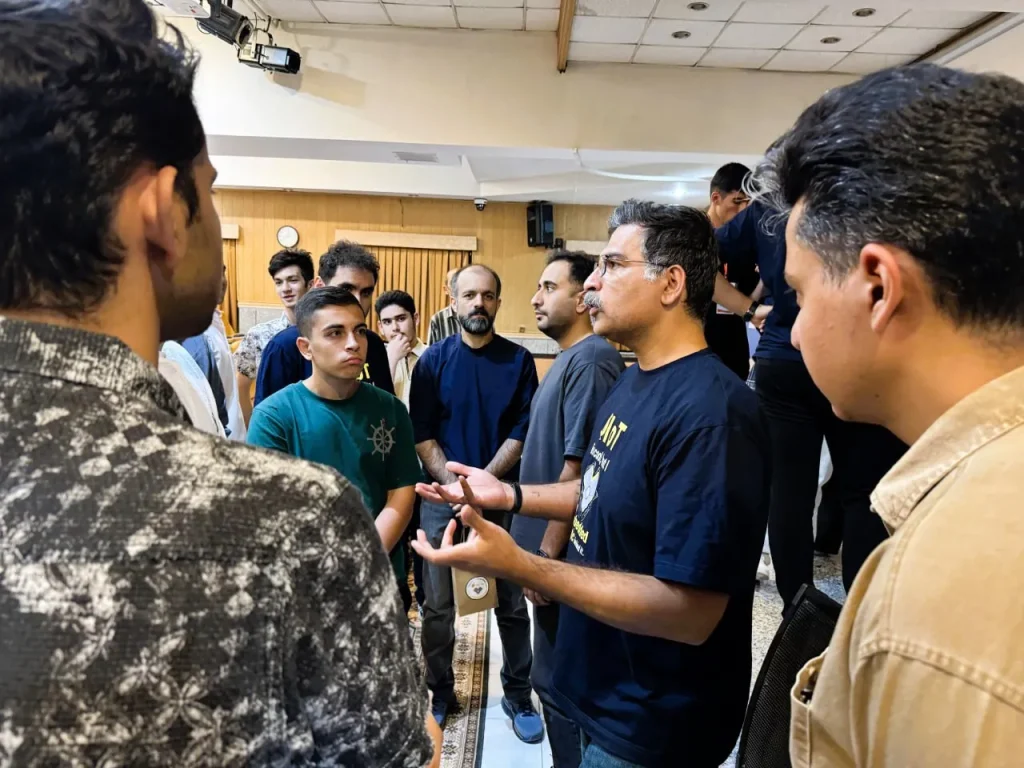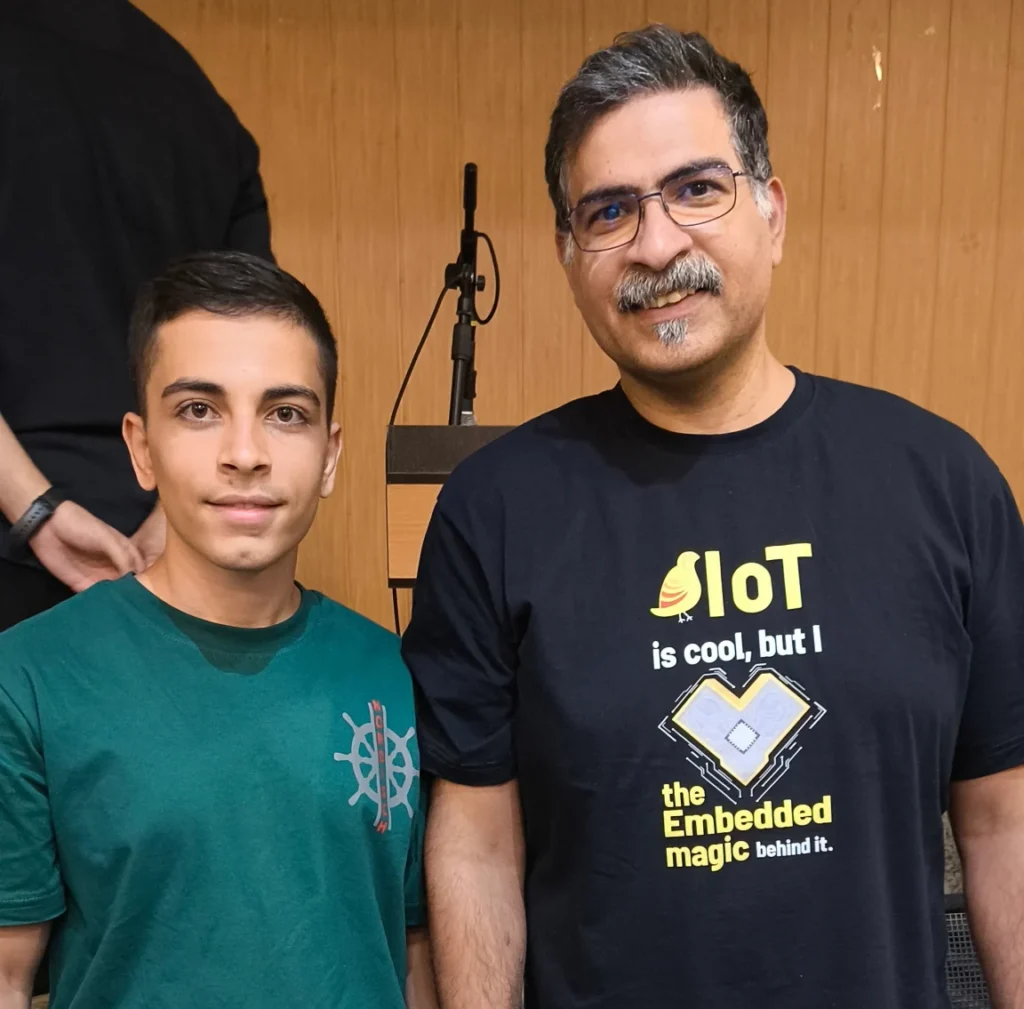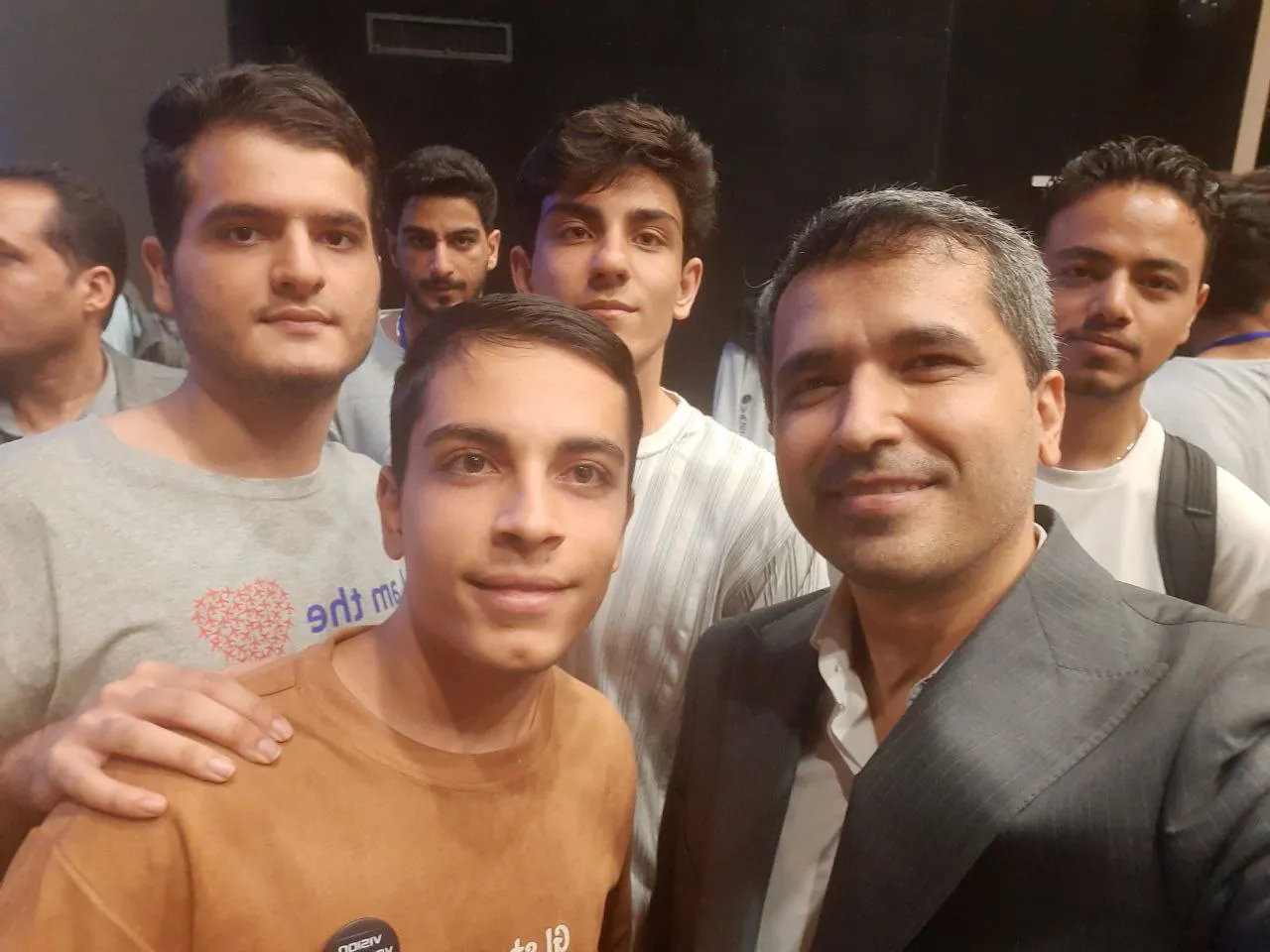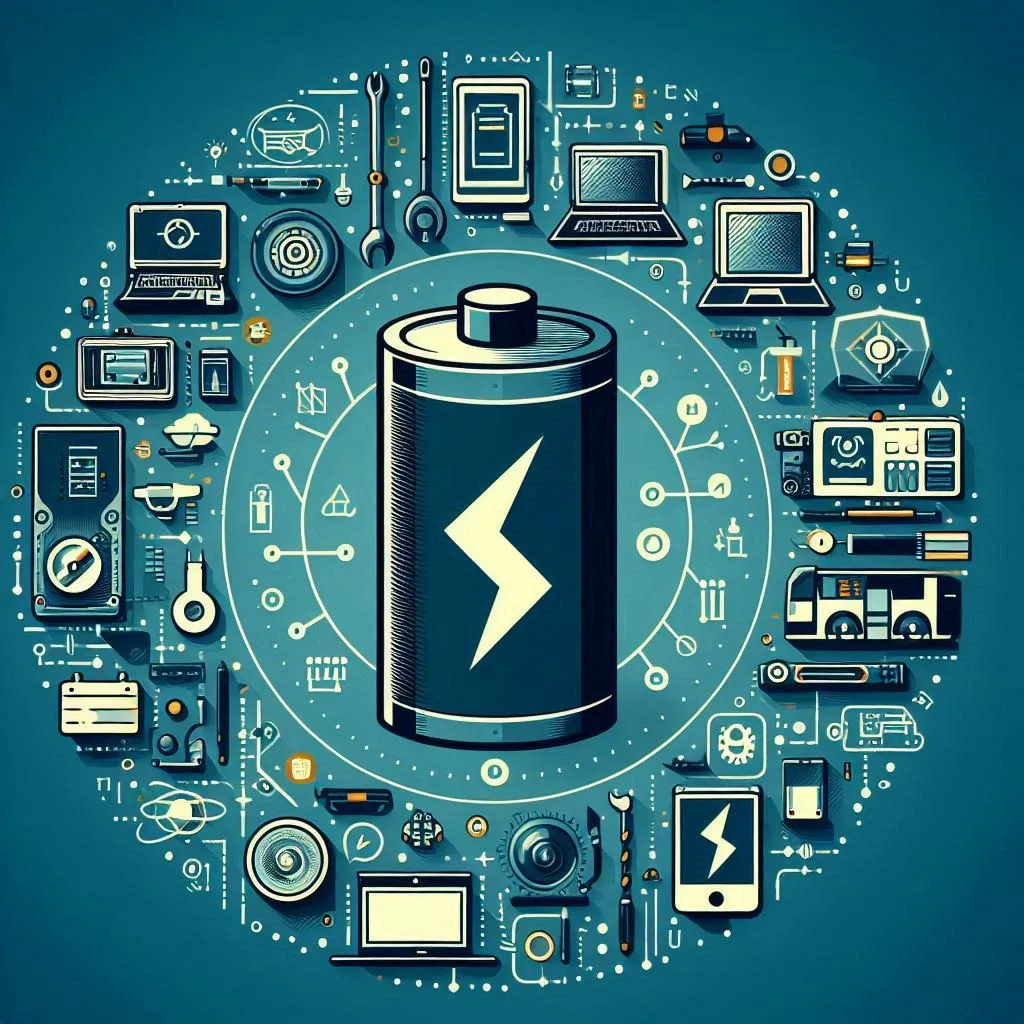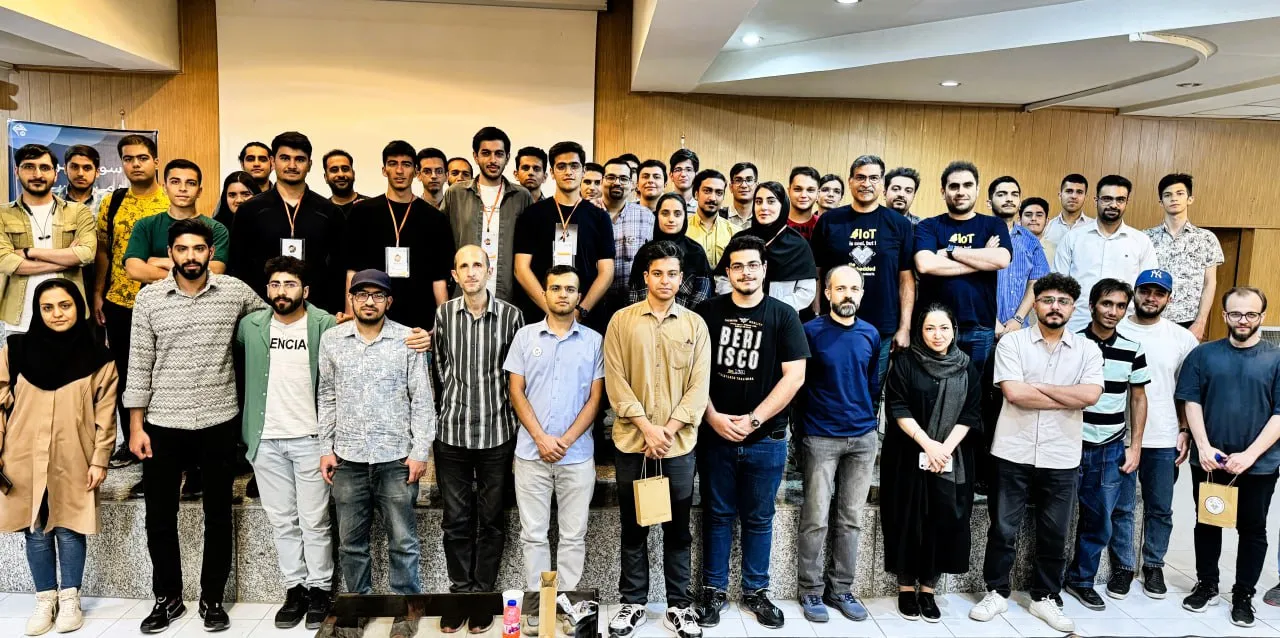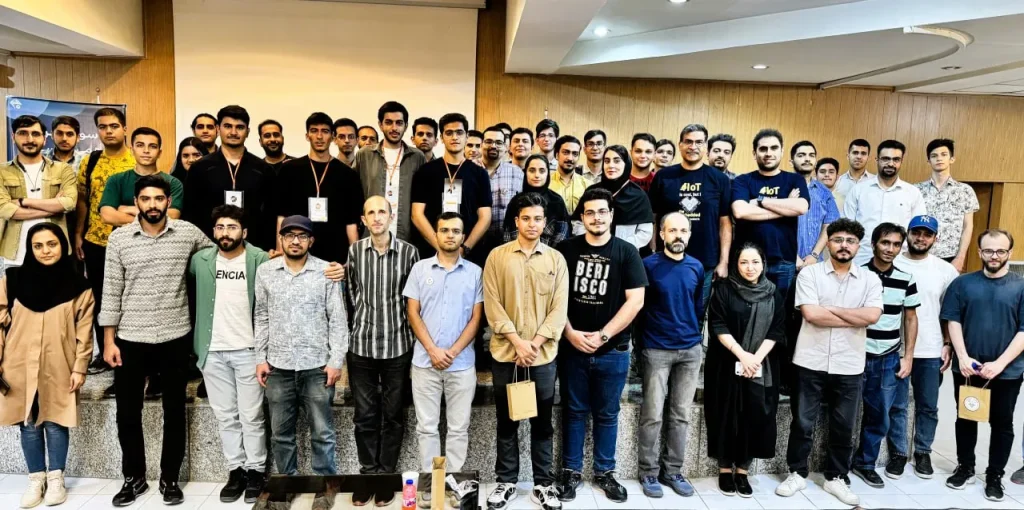
The sug3 (sisoog users and groups) conference was held in collaboration with the Embedded Systems and Electronics Society at the University of Isfahan, which was a good opportunity to see new achievements and talk to experts. I will accompany you with the most important moments of this fascinating conference.
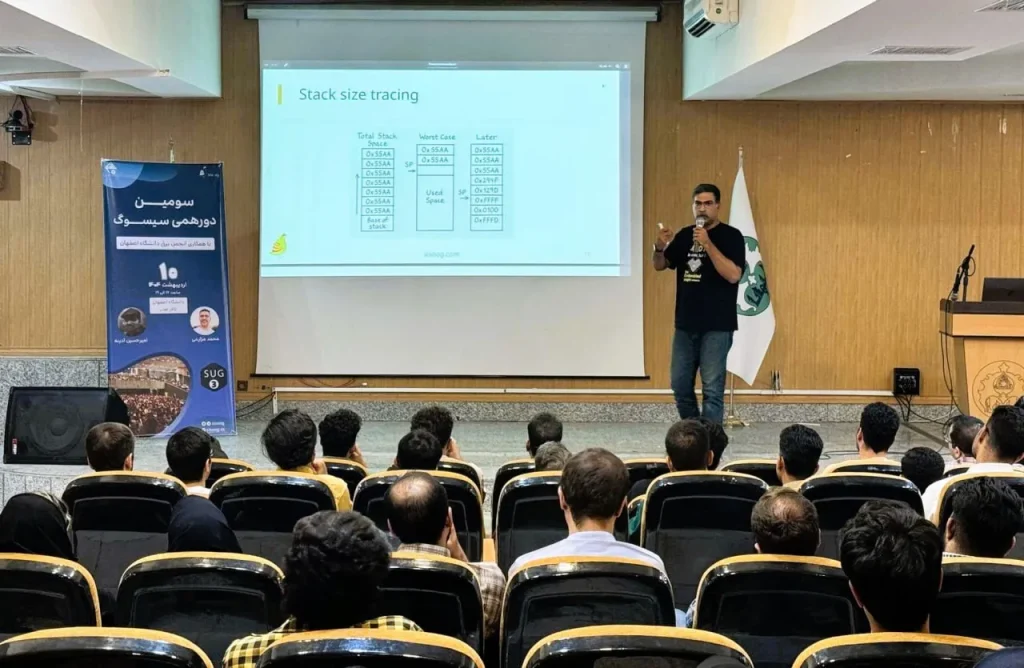
First presentation
First of all, Mr.Mazarei explained the types of memory used in smart systems in a very practical and engaging presentation. From RAM and ROM to flash memory and cache types, he examined them all and explained the conditions under which each performs best. Then, he delved into the topic of memory management in embedded programming and introduced some very simple but important techniques that, by following them, we can prevent systems from crashing.
A successful project and a failed project may not differ much on the surface, but the small details in resource management, especially memory, can be the fundamental difference between stable performance and a system full of bugs. For example, an improper memory allocation can cause leaks and slow down the system over time or even make it unusable.But by following a few simple principles, such as optimal use of dynamic memory and proper allocation control, you can avoid many of these problems and save a project from failure.
Overall, if we know how to manage memory intelligently, not only will our systems become more stable and faster, but we can also be more professional in our projects.
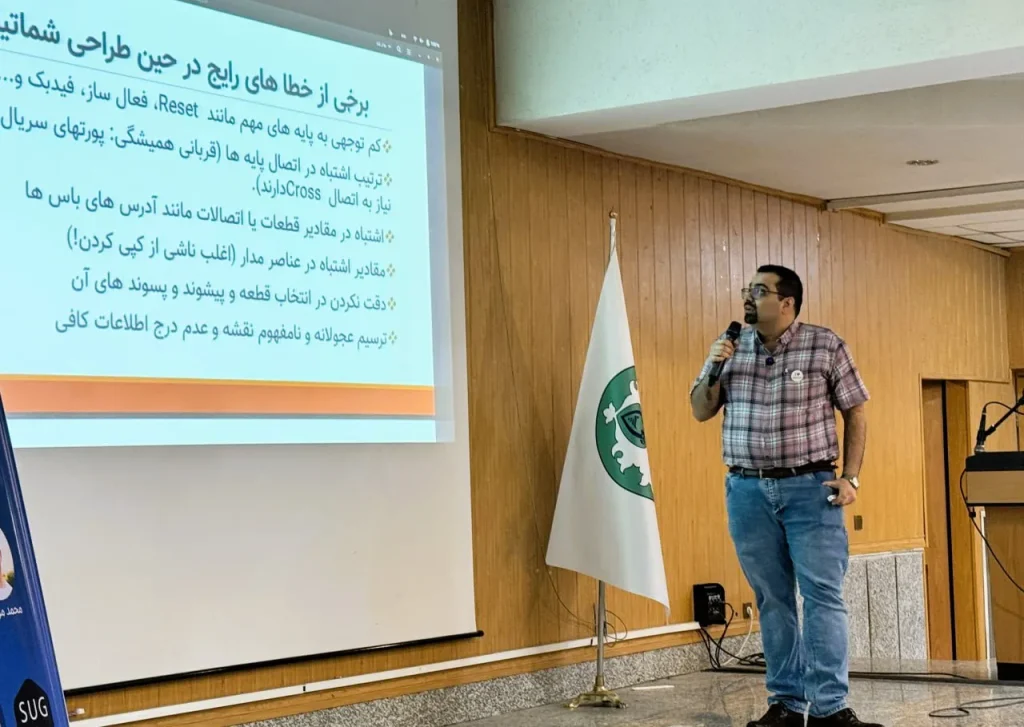
Second presentation
Mr.Adineh then spoke, drawing on his wealth of practical experience, about the challenges of hardware debugging and the principled methods of dealing with errors. He spoke of complex problems that sometimes seem impossible, but can be identified and fixed with a systematic approach and the use of appropriate tools. He also emphasized that preventing errors is as important as debugging itself, as a small error can lead to big problems and even irreparable damage. He gave examples from his own experiences that show how careful analysis and a deep understanding of systems can reveal hidden problems and provide an efficient solution to them.
The final part
Finally, a dynamic *Questions and Answers* space was created with the presenters, where participants were able to discuss technical details, project challenges, and key points. These open discussions helped to better understand the complex issues raised in the presentations and provide practical solutions. In addition, *networking* took place among the participants, a valuable opportunity to establish professional connections and future collaborations. The exchange of experiences and perspectives allowed people to learn from the knowledge and paths of others and to form new ideas for future projects. Overall, the event was not only scientific and technical, but also a suitable platform for interaction, learning, and developing relationships.
